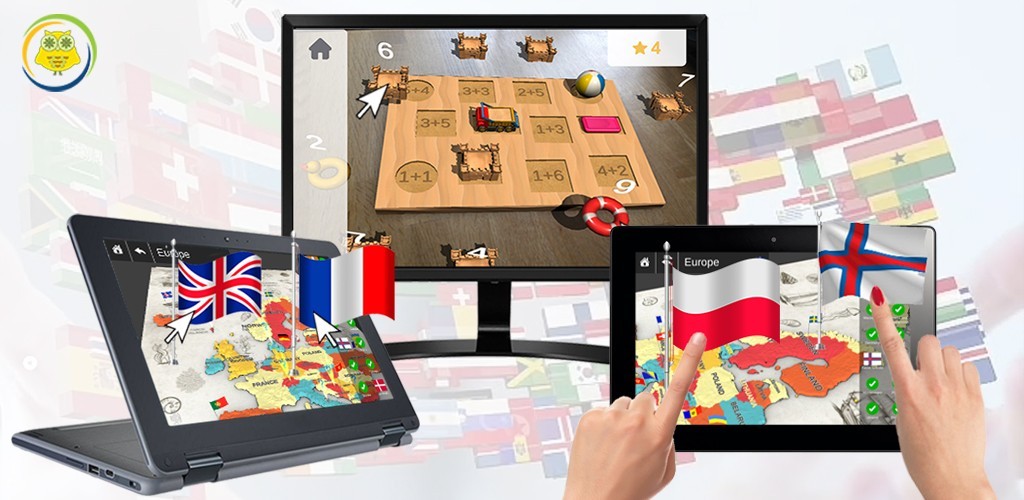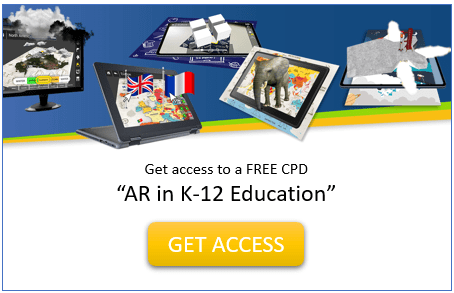Reading time: 6 minutes

Technologies
Different technologies have been implemented in education to enhance the method of teaching and learning. Augmented Reality for K-12 has got vast potential and great pedagogical that offers new and exciting opportunities for learning. Obviously, the most popular application for augmented reality in education is the use of AR apps directly in the classroom because they allow students to see things which are not possible in reality.
They can help the teacher explain a subject. Teachers provide a visual representation of the material and help students test out their knowledge in practice. Using AR in the classroom not only enhances learning, but also allows students to create their own content. Besides, many of these apps promote crucial 21st-century skills such as creativity, problem-solving, critical thinking, analysis, computational thinking and design thinking.
AR for Education
To continue, educational AR apps have been created ever since the technology was first invented. It’s amazing to see how far things have come. Let’s have a look at some of them.
- 3DBear supports in-class and distance learning. Students can create and share their own AR experiences by placing 3D models on reality. Teachers are provided with engaging lesson plans from K-12 to higher education covering a range of topics along with a browser-based teacher dashboard which makes it easy to monitor a remote classroom.
- CoSpaces Edu is adaptable to any age or subject and lets kids build their own 3D creations, animate them with code and explore them in Virtual or Augmented Reality. Teachers create a class and post assignments. Images and 360-degree photos can be uploaded, and a companion app is available.
- MERGE Cube lets you hold digital 3D objects, enabling an entirely new way to learn and interact with the digital world. Thus, when using Merge’s apps, the cube transforms into a digital 3D object or scene. You can view it from different angles as you rotate it. Teachers can create lessons and activities to explore STEAM concepts. They can illustrate complex systems, and enable students to “experience” history or science.
- Metaverse is another platform that lets anyone create interactive content in augmented reality. The user becomes the creator and develops experiences on storyboards that he can share. It’s popular amongst teachers for creating scavenger hunts, quizzes, and more.
- CleverBooks Augmented Reality provides kids around the world an opportunity to learn through seeing, hearing and touching knowledge. Fun augmented reality apps for teachers to use in the classroom allow children to get comprehensive concepts within minutes. You engage them in learning in a simple way. Teachers will definitely find Teaching with Augmented Reality fun and how easy it is to engage their K-8 students using CleverBooks Space and Engineering, Geography or Geometry. Augmented Classroom is a great solution which facilitates exploration, co-creation and collaboration within an augmented environment in the multi-user interactions to engage students in learning in class or remote.
Conclusion
These are only a tiny part of all that great number of awesome AR Apps available now. Just give them each a try in your classroom to boost your students’ learning and feel the benefits of implementing Augmented Reality.

